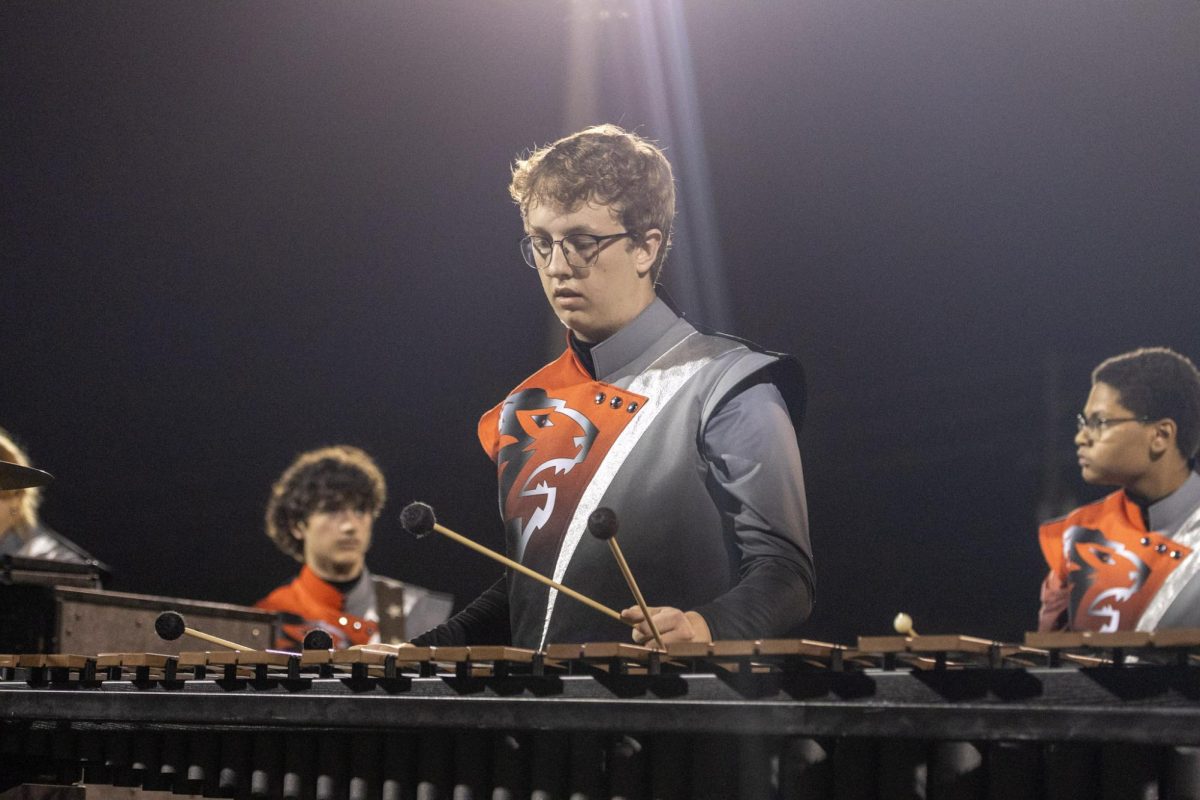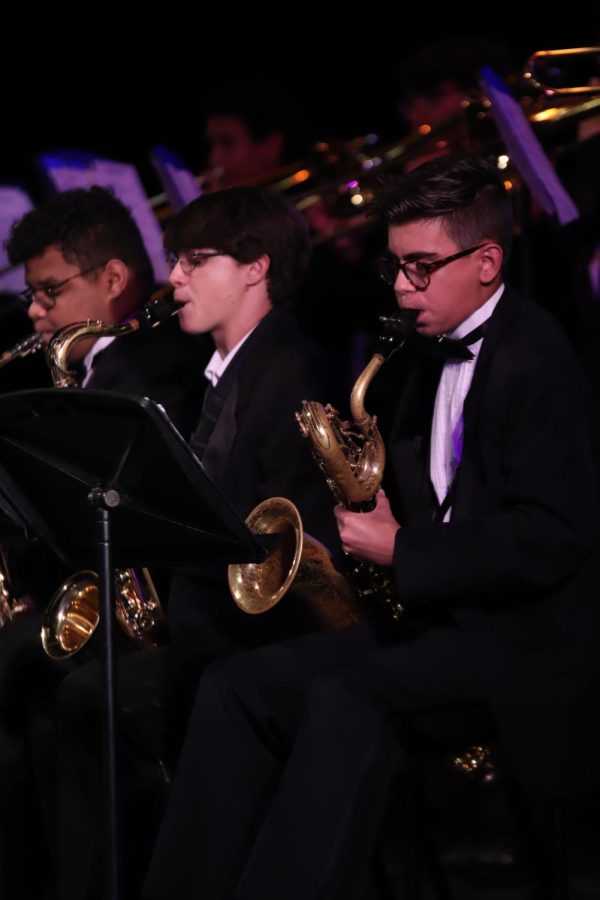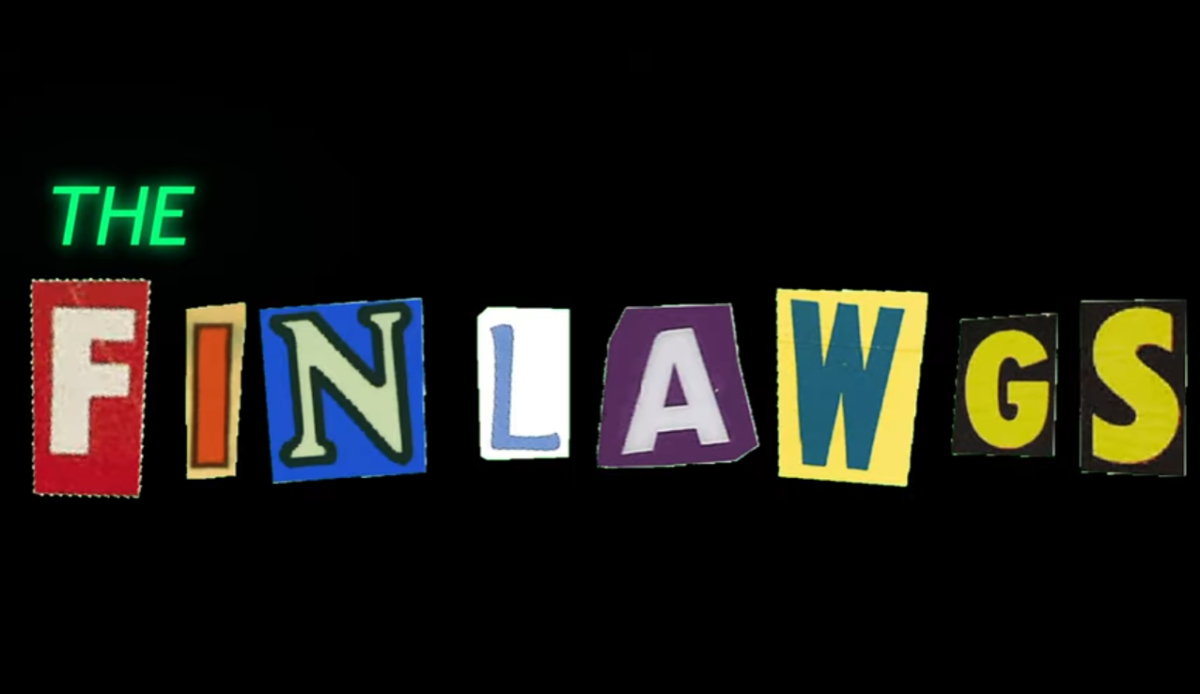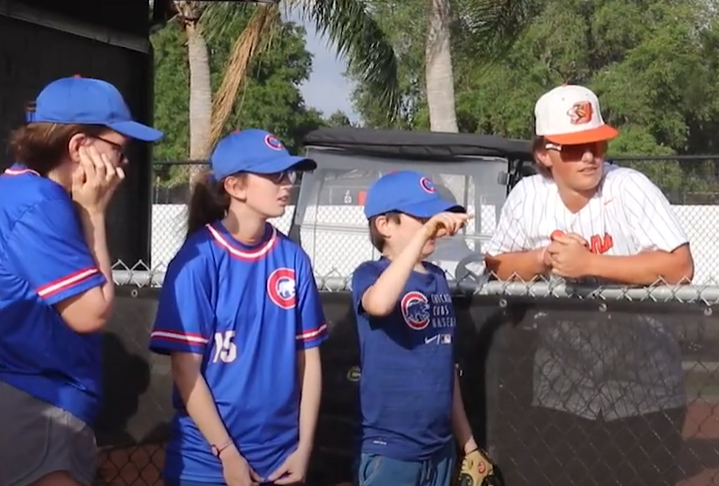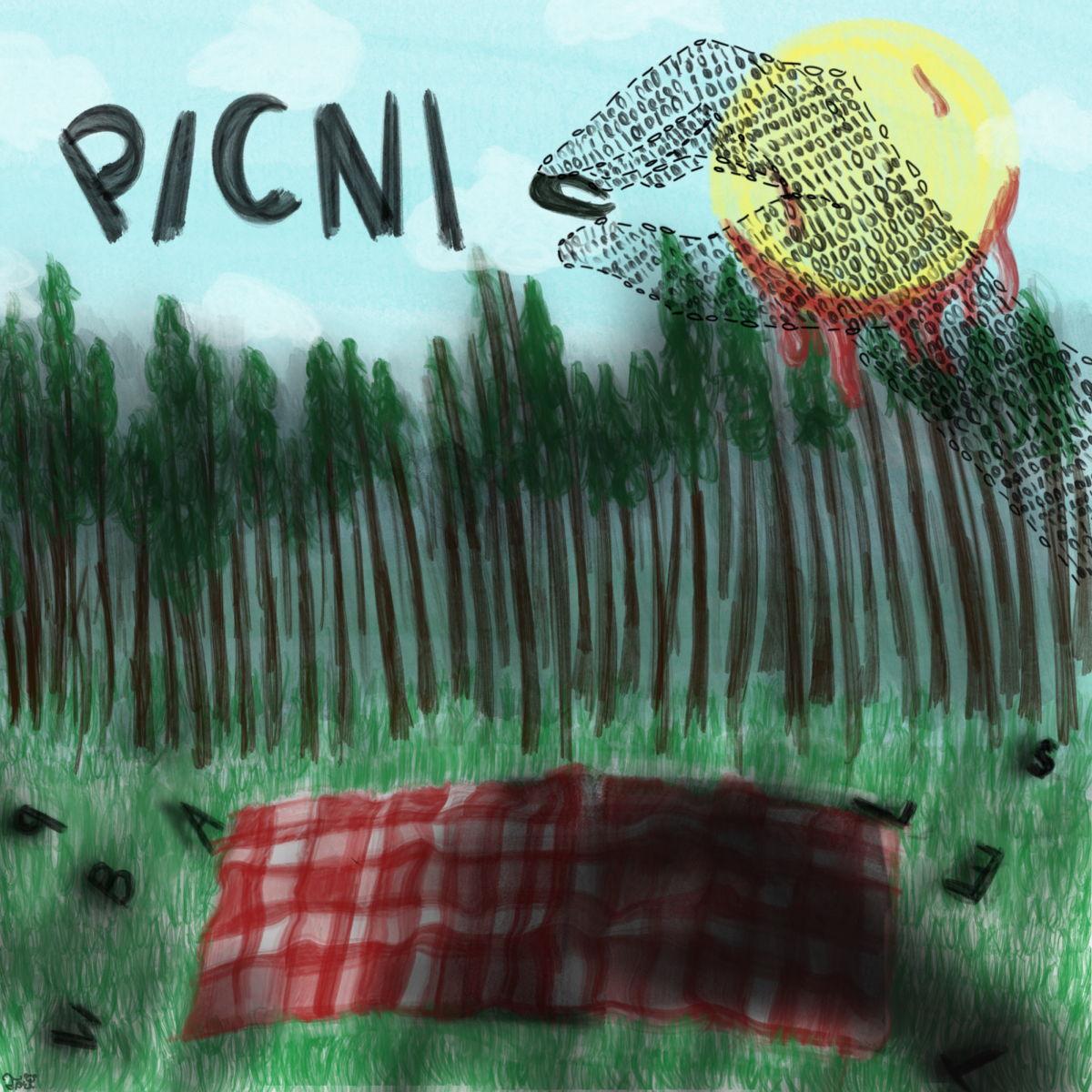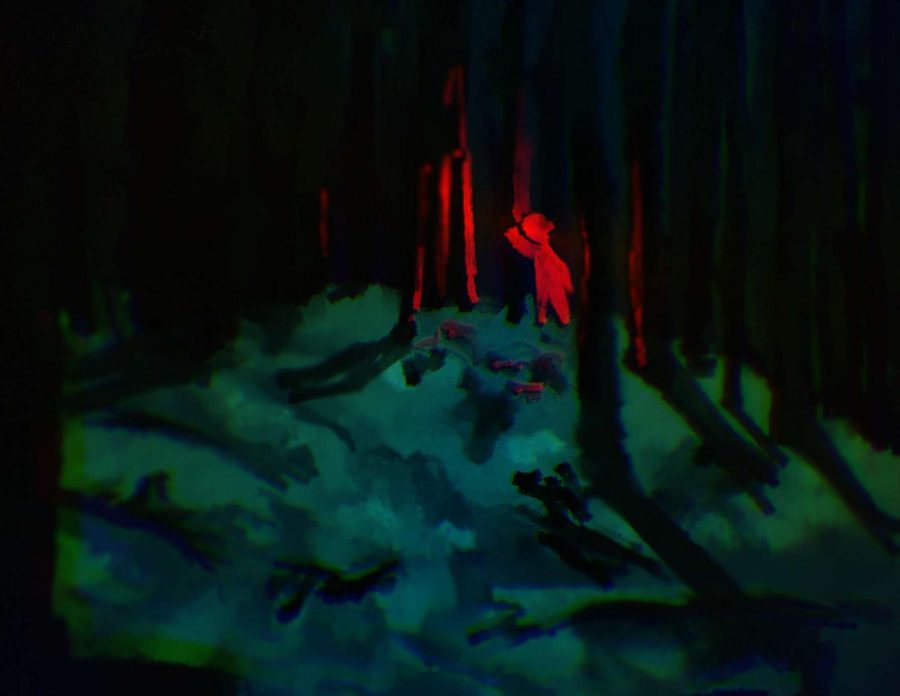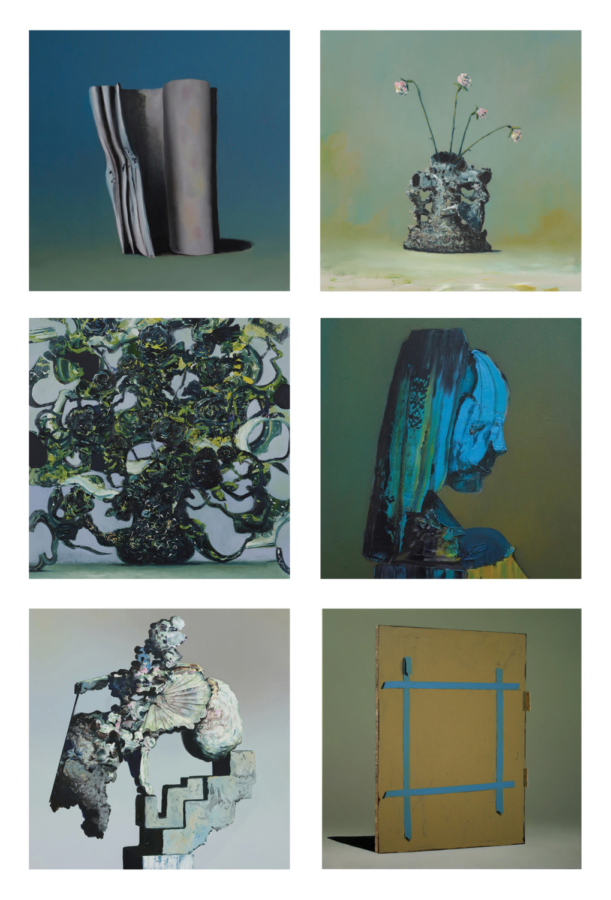“Everywhere At The End Of Time” and the reality of Alzheimer’s
WEB EXCLUSIVE
Resurging in popularity, James Leyland Kirby, a.k.a. The Caretaker’s “Everywhere At The End Of Time” is entering the internet’s spotlight once again, showing new viewers the true horrors of Alzheimer’s Disease. In a six hour long epic of 1920’s music slowly dying into distortion, Kirby, along with the artistic talents of Ivan Seal, take listeners on a trip of nostalgia and darkness, giving the young generation a glimpse into the nightmare that many have to live.
Stage One introduced listeners to the music of 100 years ago, constructed of echoing ballroom tracks with warm record crackling etched between the sweet tunes, calling out for nostalgic memories. The description for Stage One reads: “Here we experience the first signs of memory loss. This stage is most like a beautiful daydream. The glory of old age and recollection. The last of the great days.” The album cover reflects these ideas, something like a rolled-up newspaper with empty pages, sharp at the center but crumpled at the edges, a brain beginning to fog.
Stage Two is where the unnerving feelings begin to soak in, the record crackling breaks further into distortion, yet the music is still coherent, just with the details smoothed out. Track titles like “A losing battle is raging” and “The way ahead feels lonely” signal for what is to come, “…the self-realisation and awareness that something is wrong with a refusal to accept that.” the description reads. “The overall personal mood is generally lower than the first stage and at a point before confusion starts setting in.” If Stage One is ignorance, bliss in oblivion, then Stage Two is denial, the harbinger to a horizon of darkness, marked by a cleaving pot with wilting, starved flowers.
Stage Three is the final stage before the collection as a whole takes a turn for the worse. Music is there, you can hear it, but it leaves the skin crawling and ears begging for something far behind them. The atmosphere is rancid, tracks are stretched out into haunting ambience, thinning into uncanny mist. The description reads: “Here we are presented with some of the last coherent memories before confusion fully rolls in and the grey mists form and fade away. […] As we progress some singular memories become more disturbed, isolated, broken and distant.” That flower pot from Stage Two has exploded into a chaos of green and black, the stems now stretch like liquidy limbs, the leaves pool and bleed together, the pot has become the overgrowth. “These are the last embers of awareness before we enter the post awareness stages.”
Stage Four is where time breaks down along with the listener’s understanding and memory. There are glimpses of music like sun-bleached photos burnt and wrinkled, losing their glossy cover and crisp frame. Instruments are industrial and unrecognizable, one yawning noise is indistinguishable from the next. This “Post Awareness” stage is “…where the serenity and the ability to recall singular memories gives way to confusions and horror” and “where all memories begin to become more fluid through entanglements, repetition and rupture.” The album cover depicts a blue and muddy portrait of a patient looking downward and closed off from the viewer. The edges of fat paint strokes are like mountains, flooded with lifeless colors. Much like the music, this patient is in pain.
Stage Five is the quick descent from pain to suffering. “Music”, if you can even call it that, is now fully corrupted, sounds have metalized and scrape against each other, peppering the stage with grains of bastardized noise. The record from before is broken. Everything plays at the same time, incoherent chaos screaming out to be heard. Tracks are diagnosed as “Advanced plaque entanglements” and “Synapse retrogenesis”, the description offering nothing but extreme regression where “Time is often spent only in the moment leading to isolation.” The cover is pure abstract, gross silver shapes frozen in a state of agony. A throbbing and decaying brain.
Stage Six is “without description”. Oceans of noise with no semblance of music, no anything. Walls of sonic wailing, tunnels of hollowed out sound. Listeners “forget forgetting”, and all that’s left is a blank canvas, or maybe the back of one. There’s a heartbreaking memory at the end, and then silence.
It’s an amazing, eye-opening journey. I cried for hours when it was over. If you’re in a healthy mindset, I recommend taking the journey yourself.
Your donation will support the student journalists of Oviedo High School. Your contribution will allow us to purchase equipment and cover our annual website hosting and printing costs. Thank you!











